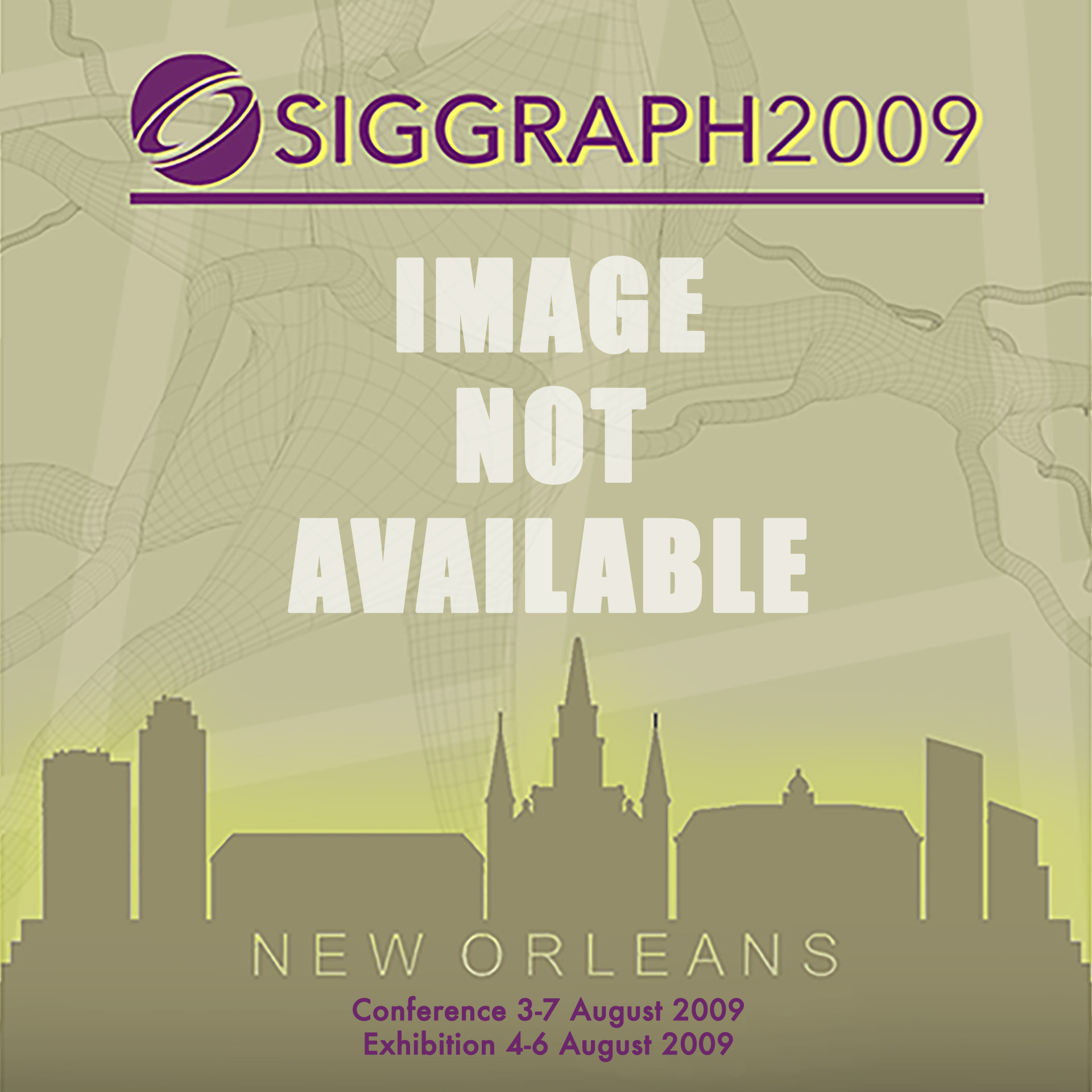“Creativity in video game design as pedagogy”
Conference:
Title:
- Creativity in video game design as pedagogy
Session/Category Title: Animation in Education
Presenter(s)/Author(s):
Abstract:
The study of children’s creative thinking as they use technology to produce works of art, has only gotten humble attention in the literature (Loveless, 2002; Resnick, 2006). Although within the learning sciences, and in the field of new literacy studies, a growing number of compelling articles have made attempts to document the creative acts of young people using technology (Kafai, 2006; Sefton-Green, 2006; Gustavson, 2007; Squire, 2008), it is evident that there is little agreement on how to clearly conceive of this thing we call creativity. Quite often, when documenting the practices related to making things with technology, creativity is defined as the process of active engagement, some call it play (Lindqvist, 2003). Nevertheless, as we can identify through much of the data, not all children engage in the process of design and production in the same way, or to the same degree. This highlights how paramount the role and the thinking of the creative agent is to the act, and why it is in need of further investigation by psychologists, social researchers, designers and educators (Middleton, 2007). Additionally, it is vital to recognize that the technology plays a unique role in the process of creative expression (by scaffolding and supporting design with abstract representations) (Dede et. al, 1997; Bransford, 1999; Black, 2006). How then, can we say that all of these acts are creative? Furthermore, there is great and ever growing diversity of what new things individuals and groups actually make with technology – from video games, to blogs, to music. Some maintain that with the study of creativity in children all products that a child or youth produces should be considered creative (Amabile, 1996), despite acknowledging that creativity must be cultivated and developed. Can we assume that all the products young people produce with technology are creative? We will present findings from a study that undertook an examination of the iterative design process, and how certain cognitive skills relate to creativity. The study examines a group of 4th grade boys, ages 9–11, who participated in a twelve week after school video game design course at an elementary school in New York City. The course focused on the design of video games, with curriculum that introduced computer programming, mathematics, storytelling, and the digital arts. This effort was also grounded in the theory of media literacy, examining how video games and interactive texts extend the new literacy paradigm (Gee, 2003; Leu et. al, 2004). Both qualitative and quantitative data analysis was employed to examine artifacts produced by all subjects. Observational methods of research, including field notes, student interviews, were employed to examine the social relationships and the dynamic learning environment. Additionally, student work including storyboards, art and video games code, serve as a major source of data.





